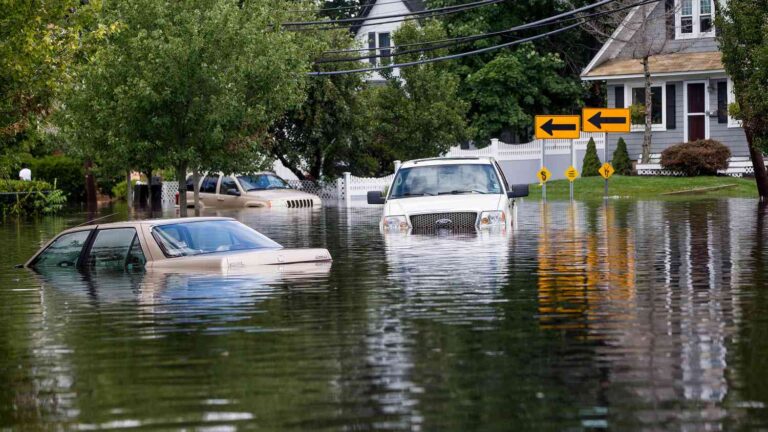Aquatic Asset Insurance Solution is a solution that covers the world’s oceans cover which is over 70% of the Earth’s surface, providing vital resources, supporting diverse ecosystems, and serving as a crucial component of global commerce. However, with the increasing frequency of natural disasters, environmental degradation, and human activities, the health of marine ecosystems and the assets within them are under threat. In light of these challenges, the need for comprehensive aquatic asset insurance solutions has become increasingly apparent. This article explores the significance of aquatic asset insurance, its challenges, and innovative solutions to protect marine resources and businesses that rely on them.
Understanding Aquatic Asset Insurance Solution
Aquatic assets encompass a broad spectrum of resources, including marine life, ecosystems, coastal properties, vessels, offshore installations, and infrastructure. These assets play a vital role in various sectors such as fisheries, tourism, shipping, and energy production. However, they face numerous risks, ranging from natural disasters like hurricanes and tsunamis to human-induced threats such as pollution, over-fishing, and climate change impacts like ocean acidification and sea-level rise.
Challenges in Aquatic Asset Insurance Solution
Insuring aquatic assets presents unique challenges due to the complex and dynamic nature of marine environments. Traditional insurance models often struggle to accurately assess and mitigate risks associated with these assets. Factors such as the remoteness of marine operations, regulatory uncertainties, and the interconnectedness of marine ecosystems further complicate the insurance landscape. Additionally, the lack of historical data on marine risks makes it challenging for insurers to develop actuarial models and pricing strategies.
Innovative Solutions in Aquatic Asset Insurance Solution
Despite these challenges, innovative approaches are emerging to address the insurance needs of aquatic assets. Some of these solutions include:
- Parametric Insurance: Parametric insurance offers a promising solution for insuring against specific marine risks such as hurricanes, tsunamis, and oil spills. Unlike traditional insurance, which indemnifies based on actual losses, parametric insurance pays out predetermined amounts when predefined parameters, such as wind speed or sea surface temperature, exceed certain thresholds. This approach provides faster payouts, enabling prompt recovery and reducing financial uncertainty for insured parties.
- Blockchain Technology: Blockchain technology holds the potential to revolutionize marine insurance by enhancing transparency, security, and efficiency in policy administration and claims processing. By creating tamper-proof records of transactions and asset ownership, blockchain can streamline insurance operations, reduce fraud, and improve trust among stakeholders. Smart contracts deployed on blockchain platforms can automate claims settlements based on predefined conditions, accelerating the resolution process.
- Satellite Imaging and Remote Sensing: Advances in satellite imaging and remote sensing technologies offer valuable tools for assessing marine risks and monitoring the health of aquatic ecosystems. Insurers can leverage satellite data to assess damage caused by natural disasters, track vessel movements, detect illegal fishing activities, and evaluate environmental impacts. By integrating satellite-derived insights into underwriting and risk management processes, insurers can enhance the accuracy of risk assessments and tailor insurance products to meet the needs of insured parties.
- Blue Carbon Insurance: Blue carbon ecosystems, such as mangroves, seagrasses, and salt marshes, play a critical role in sequestering carbon dioxide and mitigating climate change impacts. Blue carbon insurance schemes incentivize the conservation and restoration of these ecosystems by providing financial compensation to insured parties in the event of carbon loss due to disturbances like storms or coastal development. By valuing the ecosystem services provided by blue carbon habitats, insurers can promote their conservation while providing risk protection to coastal communities and businesses.
- Collaborative Risk Assessment Platforms: Collaborative platforms that facilitate knowledge sharing and risk assessment among insurers, scientific institutions, government agencies, and other stakeholders can enhance the resilience of aquatic asset insurance. By pooling data, expertise, and resources, these platforms enable more accurate risk modeling, scenario planning, and decision-making. They also promote coordination in response efforts during emergencies, ensuring a timely and effective response to marine disasters.
Conclusion on Aquatic Asset Insurance Solution
Aquatic asset insurance plays a crucial role in safeguarding marine resources, ecosystems, and businesses against a wide range of risks. As the threats facing marine environments continue to evolve, innovative insurance solutions are essential to address emerging challenges and enhance the resilience of coastal communities and industries. By leveraging technologies such as parametric insurance, blockchain, satellite imaging, and collaborative risk assessment platforms, insurers can better understand, quantify, and mitigate marine risks, thereby contributing to the sustainable management of aquatic assets for future generations.





